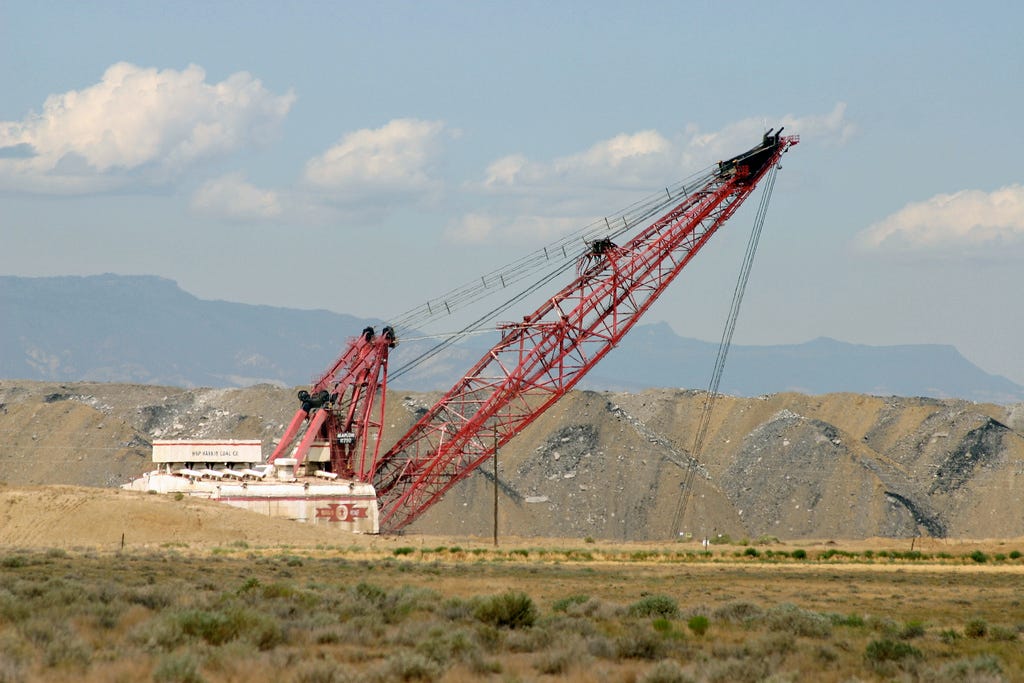Data Dump: Making coal "beautiful" again
Trump's efforts to restart the dirty and declining industry won't work again

The News: This week, President Donald Trump signed a slew of exe…
Keep reading with a 7-day free trial
Subscribe to The Land Desk to keep reading this post and get 7 days of free access to the full post archives.

